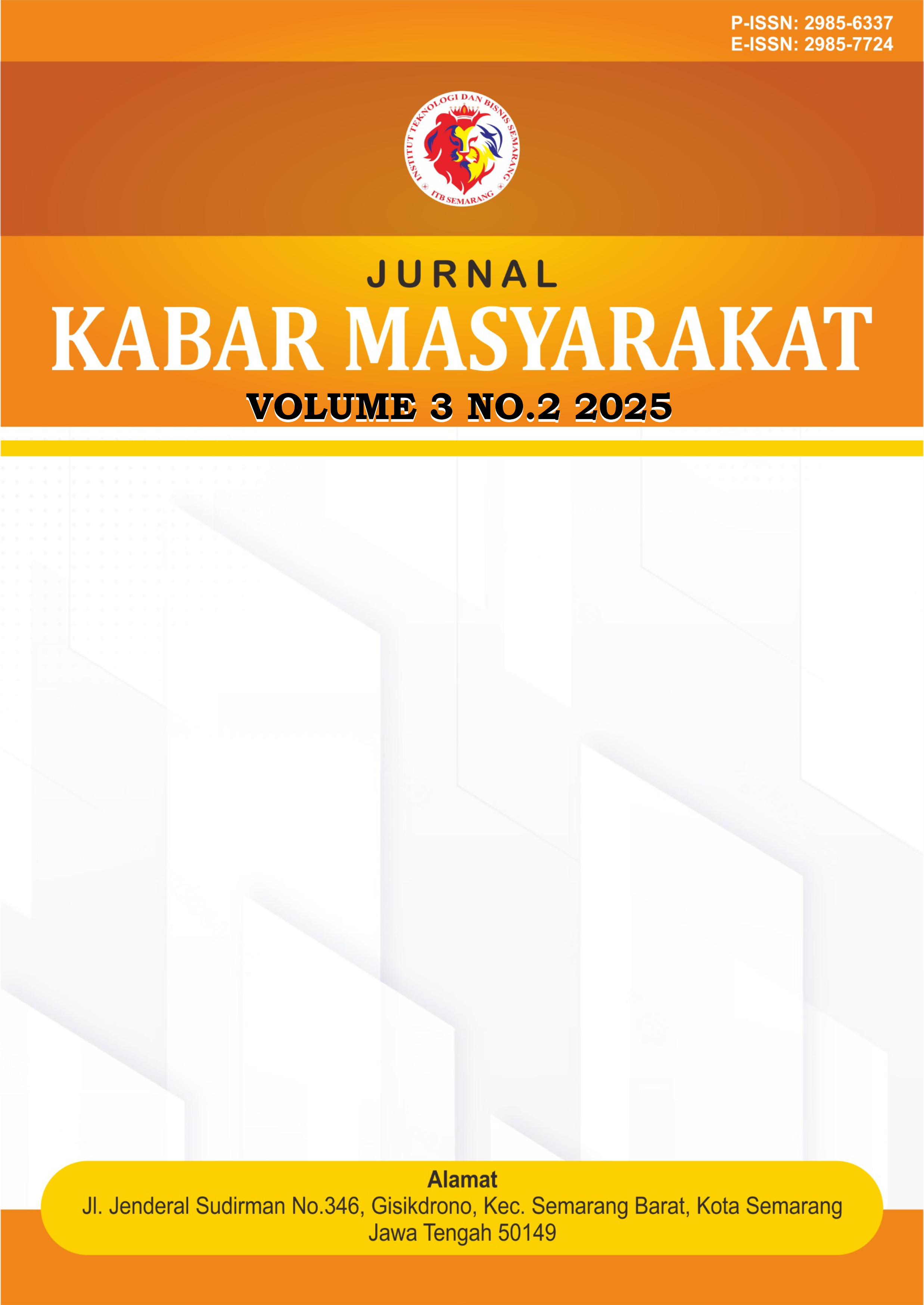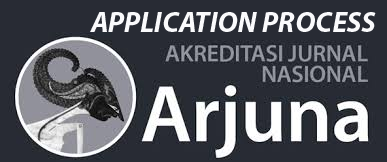Membangun Budaya Perilaku Positif dan Self Awareness Siswa: Kampanye 'Teman Baik Tidak Membully'
DOI:
https://doi.org/10.54066/jkb.v3i2.2993Keywords:
bullying, students’ positive behavior, campaignAbstract
This community service activity aims to build a culture of positive behavior among students through the "Good Friends Don't Bully" campaign implemented at Madrasah Ibtidaiyah (MI) Baitul Hikmah, Sri Mulya Village, Ogan Komering Ulu. This campaign aims to increase students' awareness of the negative impacts of bullying and the importance of establishing healthy friendships and supporting a harmonious learning environment. The methods used in this program include educational activities such as counseling, simulations, interactive games, and group discussions designed to increase students' empathy and understanding of the importance of respecting friends. In addition, training for teachers was also conducted to strengthen their role in preventing and handling bullying cases. The results of the activity showed an increase in students' understanding of the concept of bullying and its impacts, as well as the emergence of positive behavioral changes reflected in students' social interactions in the school environment. Teachers also responded positively to this program and are committed to continuing efforts to prevent bullying. With this program, it is hoped that a more positive school culture will be created and support the development of students' character holistically, as well as reduce the number of bullying behaviors in the madrasah environment.
References
Katyana, W. (2019). Buku Panduan Melawan Bullying. Nuha Medika, 11–18.
Usman, I. (2013). Perilaku bullying ditinjau dari peran kelompok teman sebaya dan iklim sekolah pada siswa SMA di Kota Gorontalo. Jurnal Pendidikan, 5(4), 1-8. https://repository.ung.ac.id/get/simlit_res/1/245/Perilaku-Bulliying-Ditinjau-Dari-Peran-Kelompok-Teman-Sebaya-dan-Iklim-Sekolah-Pada-Siswa-SMA-di-Kota-Gorontalo.pdf
Romadan, G. (2024, September 30). "JPPI: Sepanjang Tahun 2024 Ada 293 Kasus Kekerasan di Sekolah". Kompas.tv. https://www.kompas.com/edu/read/2024/10/24/163509171/jppi-sepanjang-tahun-2024-ada-293-kasus-kekerasan-di-sekolah.
Vanderbilt, D., & Augustyn, M. (2010). The effects of bullying. Paediatrics and Child Health, 20(7), 315–320. https://doi.org/10.1016/j.paed.2010.03.008
Zakiyah, N. L., & Khusumadewi, A. (2024). Kesejahteraan Psikologis pada Korban Bullying di Pondok Pesantren Al-Bishri Denanyar Jombang. Jurnal BK UNESA, 14(1). https://ejournal.unesa.ac.id/index.php/jurnal-bk-unesa/article/view/59619
(Tambunan et al. 2024; Saiful Rahman et al. 2021; Zulfani and Tirtawidjaja 2014)(Saiful Rahman et al. 2021)Saiful Rahman, Aswadul Fitri, Wiwiek Sriwahyuni, Arif Rahman Hakim, Fakhri Azhar, Mega Octavia Cahyani, Heldy Prayogi Elyunandri, Teguh Prayitno, and Abdul Latif. 2021. “Sosialisasi Pencegahan Tindakan Bullying Di Sekolah Dasar Negeri 020 Balikpapan Utara.” JMM - Jurnal Masyarakat Merdeka 3 (2). https://doi.org/10.51213/jmm.v3i2.50.
Tambunan, Mona Yuniar, Natasya Sihombing, Nanda Septanya Sitanggang, and Yohana Gabriella. 2024. “Strategi Penanggulangan Bullying Di Lingkungan Sekolah Dasar : Tinjauan Kasus Dari Perspektif Siswa Dan Guru Di UPT SDN 060839 Medan.” Madani : Jurnal Ilmiah Multidisipline 2 (6): 375–83.
Zulfani, Muhamad Hanafi, and Indarsjah Tirtawidjaja. 2014. “Kampanye Pencegahan Bullying.” Visual Communication Design 3 (1): 2–10. https://www.neliti.com/id/publications/180458/kampanye-pencegahan-bullying-di-lingkungan-sekolah.
Downloads
Published
How to Cite
Issue
Section
License
Copyright (c) 2025 Jurnal Kabar Masyarakat

This work is licensed under a Creative Commons Attribution-ShareAlike 4.0 International License.







